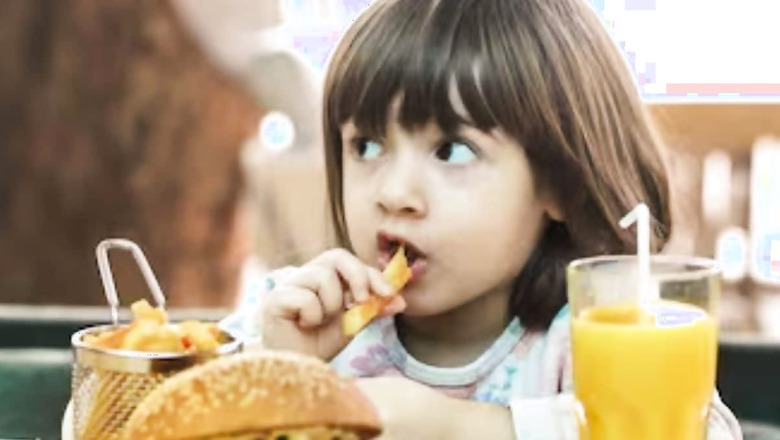
views
Many parents recognize the value of a balanced diet, but portion control plays an equally important role in promoting children’s health. In 2022, 37 million children under the age of 5 years were overweight globally. Obesity raises the risk of serious health issues such as type 2 diabetes, heart disease and even certain cancers. It also affects quality of life, including sleep and movement.
Portion control isn’t about restricting food. It is about teaching children to eat the recommended quantities of various food groups. Serving sizes listed on food packaging guide nutritional content, but actual portions consumed may differ. Aditi Mehrotra, Dietician Nourishing Schools Foundation believes by focusing on portion management, parents can help reduce the risk of childhood obesity while ensuring kids feel satisfied, developing lifelong healthy habits.
Start with Understanding Hunger Cues
Children should learn to recognize their body’s hunger and fullness cues. Encourage them to eat when they are hungry and stop when they feel satisfied, rather than eating out of boredom or emotion. A good way to foster this is by avoiding distractions, such as screens, during meals so that they can pay attention to how their body feels.
Use the Plate Method
An easy and visual way to teach portion control is through the plate method. Divide their plate into sections – half for vegetables and fruits, one-quarter for proteins like daals, beans or chicken, and the remaining quarter for whole grains such as whole wheat, millets or brown rice. This method promotes balance and prevents overeating by encouraging appropriate portion sizes.
Avoid Using Food as a Reward
Using food, particularly sweets, as a reward for good behaviour can create unhealthy emotional associations with eating. Instead, celebrate achievements with non-food rewards such as extra playtime or a fun family activity.
Encourage a Positive Eating Environment
The atmosphere during mealtime significantly influences children’s eating behaviours. Creating a calm, pleasant, and unhurried dining environment helps children focus on their food, leading to better portion control and more mindful eating habits. Engage in conversation about the day. Encourage your child to eat slowly and savour their meals. Avoid pressuring children to clean their plates or eat certain foods, as this can create negative associations with eating. By making mealtimes a positive experience, children are more likely to develop a healthy relationship with food.
Role Model Healthy Habits
Children tend to mimic the habits of their parents or caregivers. Practice mindful eating and portion control yourself to set a positive example. Eating together as a family can also create an environment where healthy food habits are shared and reinforced.




















Comments
0 comment